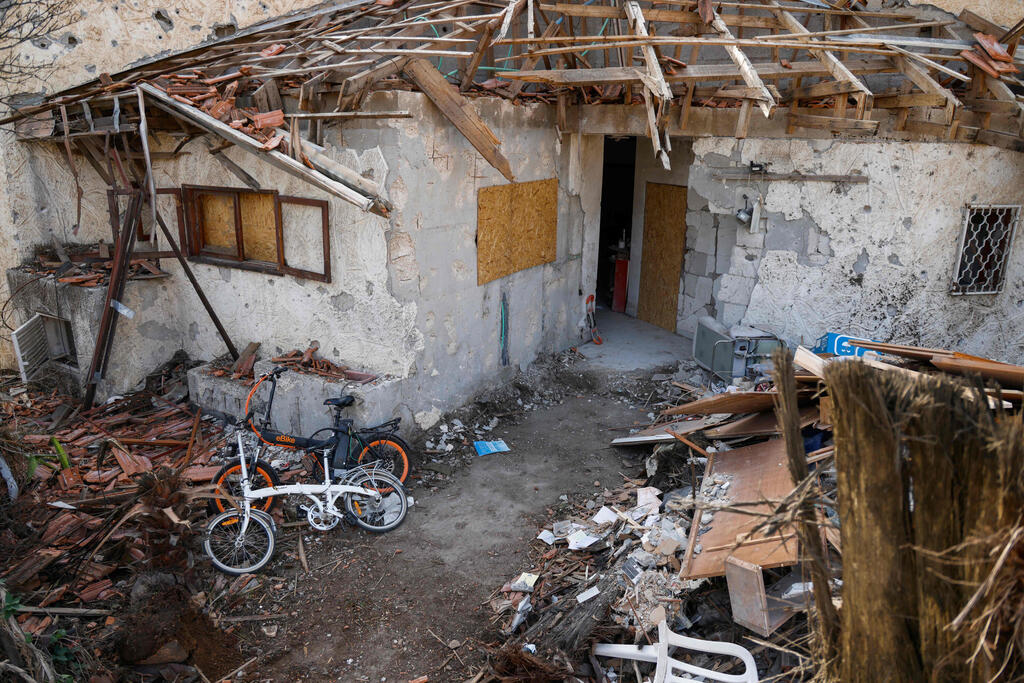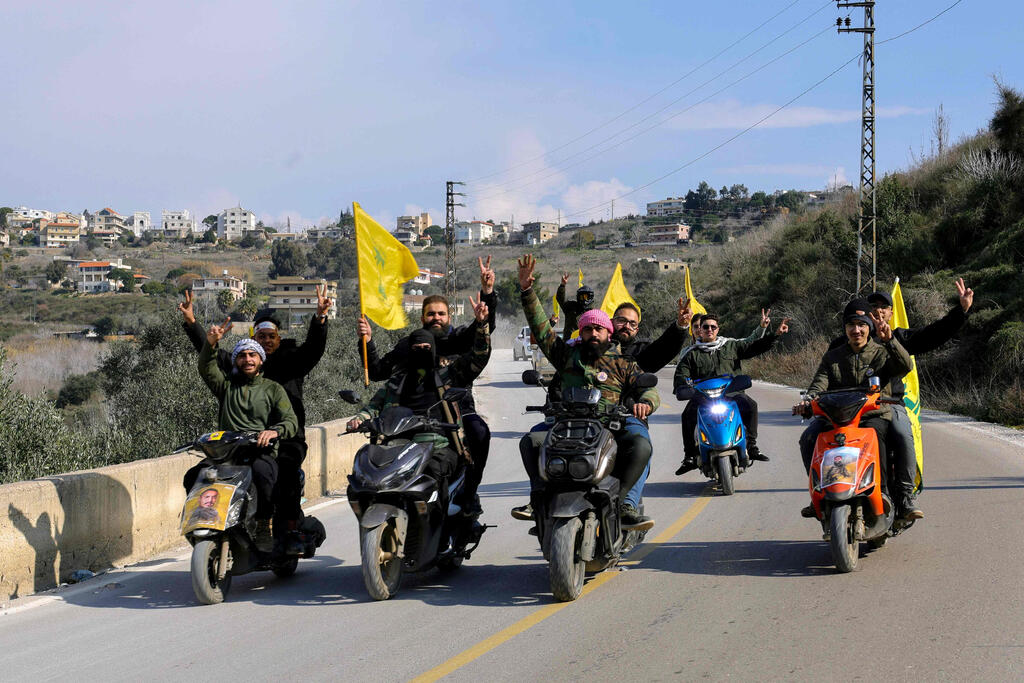The IDF decided on Sunday to lift restrictions on residents returning to their homes in northern Israel starting March 1, nearly a year and a half after they were evacuated due to Hezbollah attacks.
The decision, revealed by the military following an updated situation assessment, has sparked strong opposition from local leaders.
"This is a double abandonment," said David Azulay, head of the Metula Regional Council. "For a year, Metula was nearly destroyed without any real response from Northern Command. Now, deciding to bring residents back in three weeks is ensuring its complete destruction—just for the sake of a so-called ‘victory photo’ that the government and military want to present. There is nothing to return to—neither militarily nor in terms of civilian infrastructure. And there is certainly no ‘victory photo.’ What we have are tragic images of the abandonment we endured before the ground maneuver even began."
Azulay urged that residents remain in temporary housing until at least June 1, citing extensive damage to homes. His concerns are shared by other northern leaders, especially as the military prepares to pull back its forces to the international border next week.
Get the Ynetnews app on your smartphone: Google Play: https://bit.ly/4eJ37pE | Apple App Store: https://bit.ly/3ZL7iNv
The move comes amid reported U.S. pressure on Israel to adhere to the withdrawal timeline. On Saturday, Israeli forces evacuated additional positions in the eastern sector, allowing the Lebanese army to enter areas near the border with the kibbutzim of Manara and Misgav Am—a development that has unsettled local residents. Azulay has urged them not to return. It remains unclear whether the government will enforce the return by cutting off financial support for displaced families.
The situation highlights a broader challenge in the northern theater. Unlike in Gaza, where the military has struggled to secure a decisive victory over Hamas, Israel’s confrontation with Hezbollah ended in a military success. However, it has yet to yield a political agreement that ensures long-term security. Unlike the Gaza cease-fire deal, no exclusion zone has been established in southern Lebanon to prevent Hezbollah or Lebanese civilians from entering the border area.
While Northern Command has observed increased Lebanese army action against Hezbollah compared to pre-war levels, officials say more time is needed to solidify deterrence. Meanwhile, Hezbollah and its allies, including the Shiite Amal movement, have gained political influence, securing five ministerial positions in Lebanon’s newly formed government. The terrorist group is also working to rebuild its military capabilities, prompting continued Israeli airstrikes on Hezbollah targets.
It remains uncertain whether these strikes will continue—and at what frequency—once the IDF completes its withdrawal under the cease-fire agreement.





